Golden Plover in trouble but Siskin and warblers thrive across Scotland
01 Jul 2015 | No. 2015-31
The latest Breeding Bird Survey (BBS) report, released today, reveals Golden Plover and Kestrel are in trouble across Scotland, whilst warbler and Siskin populations are thriving.
Scotland is home to the core of the UK’s breeding population of Golden Plover, with the highest densities in the Outer Hebrides, Shetland, the flows of Caithness and Sutherland, but Golden Plover has declined by 25% between 1995 and 2013. Further to this, more than half of Scotland’s breeding populations of Curlew and Lapwing have been lost in the same time period, and Oystercatcher have also declined by 29%. Securing the future of these wader populations is one of Scotland’s biggest bird conservation challenges.
Golden Plover favour short swards for foraging and nesting and are sensitive to the availability of their main prey item, crane fly, during the breeding season. Crane fly abundance is affected by drying of peatland soil, through a combination of artificial drainage and summer warming. A combination of habitat loss, tall sward height and lack of crane flies results in fewer chicks surviving to fledge.
While habitat loss due to afforestation may have a negative impact on birds of open country, such as Golden Plover, it is thought to be one of the influencing factors for range expansion in Siskin. Between 1995 and 2013, Siskin has increased by 51% in Scotland and have become increasingly frequent garden visitors - taking advantage of bird food which may boost survival rates, especially through the winter months. Siskin increase in Scotland is in contrast with the trend across Europe, where the population has been in moderate decline since 1980.
Many warbler species are faring better in Scotland than south of the border, as revealed by long-term population trends from 1995 to 2013. Chiffchaff has increased by 472% in Scotland, compared to 90% in England, while Blackcap increased by 415% in Scotland and by 115% in England and, lastly, Willow Warbler increased by 27% in Scotland and declined by 37% in England. The reasons behind these trends are not well understood, but it is likely that climate change may be making more northerly and higher altitude sites increasingly suitable for warblers in Scotland.
On the other side of the coin, Kestrel in Scotland are of concern with a loss of 67% from 1995 to 2013, which is a greater decline than the 40% recorded for the UK as a whole. The causes are largely unknown, but research is underway to understand what may be driving these losses.
The BBS is the main scheme for monitoring the population changes of common breeding birds in the UK and its constituent countries, using counts made by volunteer birdwatchers. Population trends for 62 bird species in Scotland have been calculated in the latest BTO/JNCC/RSPB Breeding Bird Survey annual report.
Sarah Harris, BBS Organiser at the British Trust for Ornithology, said “For certain widespread species, it is possible to calculate population trends at a country level, as well as a UK level. This is incredibly revealing, showing some species are faring differently in each country. With increased coverage in remote and upland areas of Scotland, it is hoped more trends can be calculated for more species at a ‘Scotland’ level as well as keeping track of population changes in commoner species. It is thanks to every BBS volunteer covering squares in Scotland that we can currently calculate population trends for 62 species at a Scotland-specific level.”
Andy Douse, Policy & Advice Manager, Ornithology, Scottish Natural Heritage, said “The BBS has proven itself to be an invaluable source of information on breeding bird trends across the UK, but the challenge now is to improve our understanding of changes in different parts of the UK as we are seeing more and more evidence of regional and country specific trends. In Scotland where moorland habitats occupy such a high proportion of the land area, getting more information on changes in characteristic upland species such as Golden Plover is an essential part of the development of the BBS scheme. We continue to need additional volunteers to take on squares, especially in the remoter areas of Scotland.”
Jeremy Wilson, Head of Conservation Science at RSPB Scotland, said: “The loss ofScotland’s internationally important breeding populations of waders, as well as of such familiar species as Kestrel is of great concern to the RSPB. The BBS is a crucial survey in drawing attention to these changes, and allowing us to focus research effort on understanding the causes of decline and identifying solutions, whilst also acting as a barometer of wider environmental trends.”
Notes for Editors
- In 2014, 474 BBS squares were surveyed in Scotland. We are grateful to the Scottish Ornithologists’ Club, Scottish Natural Heritage and many other partners who have supported us in engaging more volunteers via the What’s Up? upland monitoring initiative (see www.bto.org/whats-up).
- The latest report can be found at www.bto.org/volunteer-surveys/bbs/bbs-publications/bbs-reports.
- The Breeding Bird Survey is run by the British Trust for Ornithology (BTO) and is jointly funded by BTO, the Joint Nature Conservation Committee (JNCC) (on behalf of the Council for Nature Conservation and the Countryside, Natural England, Natural Resources Wales and Scottish Natural Heritage), and the Royal Society for the Protection of Birds (RSPB).
- The BTO/JNCC/RSPB Breeding Bird Survey (BBS) is a UK-wide project aimed at keeping track of changes in the breeding populations of widespread bird species. The BBS involves around 2,600 participants who survey more than 3,600 sites across the UK, enabling us to monitor the population changes of over 100 bird species. Knowing to what extent bird populations are increasing or decreasing is fundamental to bird conservation.
- The information provided by the BBS provides a cornerstone for conservation action for birds in the UK.
- This important survey is carried out by volunteer birdwatchers throughout the UK, who receive no financial reward or expenses for their efforts. We are indebted to them for their tremendous support.
- The BTO is the UK's leading bird research charity. A growing membership and up to 60,000 volunteer birdwatchers contribute to the BTO's surveys, collecting information that underpins conservation action in the UK. The BTO maintains a staff of 100 at its offices in Thetford, Stirling, Bangor (Wales) and Bangor (Northern Ireland), who analyse and publicise the results of surveys and projects. The BTO's work is funded by BTO supporters, government, trusts, industry and conservation organisations .www.bto.org
Contact Details
Sarah Harris
(Breeding Bird Survey Organiser)
Office: 01842 750050
(9am to 5.30pm)
Email: sarah.harris [at] bto.org
Viola Ross-Smith
(BTO Science Communications Manager)
Office: 01842 750050
(9am to 5.30pm)
Email: viola.ross-smith [at] bto.org
Ben Darvill
(BTO Scotland)
Office: 01786 466562
(9am to 5.30pm)
Email: ben.darvill [at] bto.org
Louise Cullen
(RSPB Communications Officer, Scotland)
Office: 0131 317 4136
Email: louise.cullen [at] rspb.org.uk
Dr. Andy Douse
(Policy & Advice Manager, Ornithology, Scottish Natural Heritage)
Office: 01463 725241
Email: Andy.Douse [at] snh.gov.uk
Images are available for use alongside this News Release.
Please contact images [at] bto.org quoting reference 2015-31
The BTO has an ISDN line available for radio interviews.
Please contact us to book an interview
Office: 01842 750050
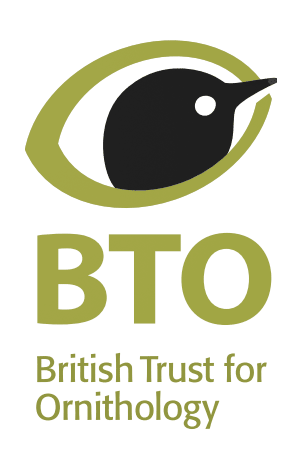
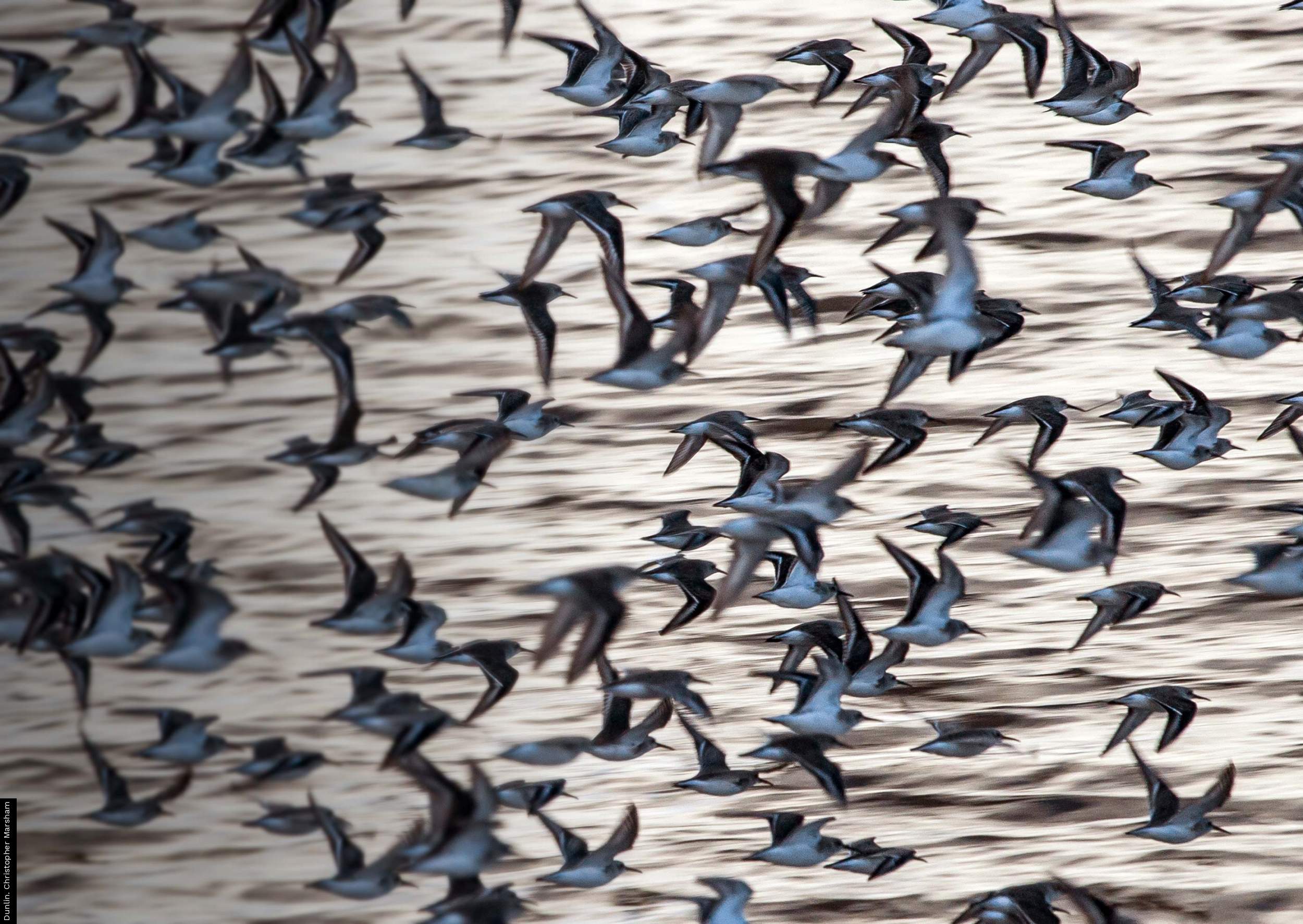
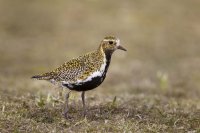
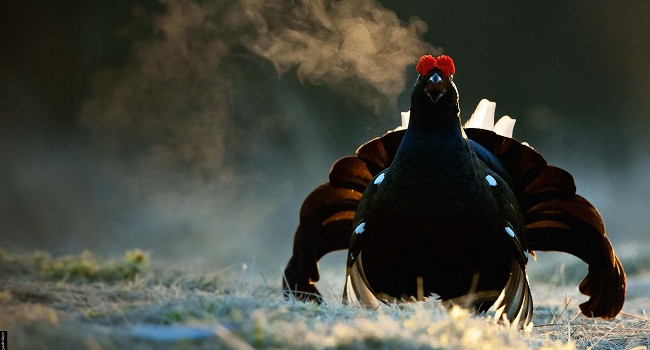
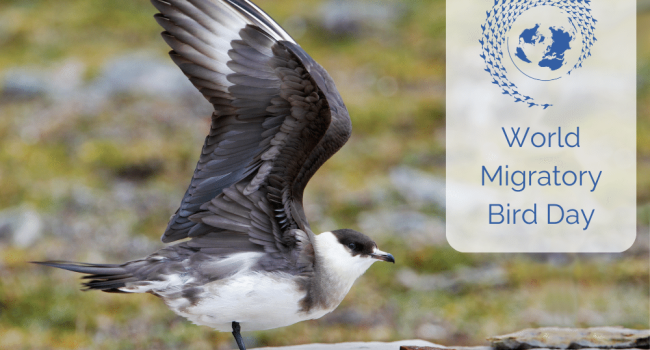
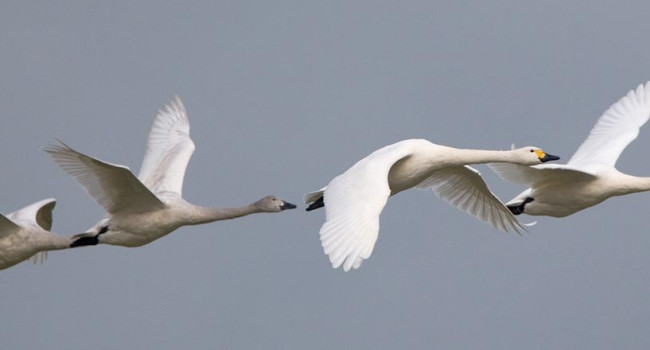

Share this page